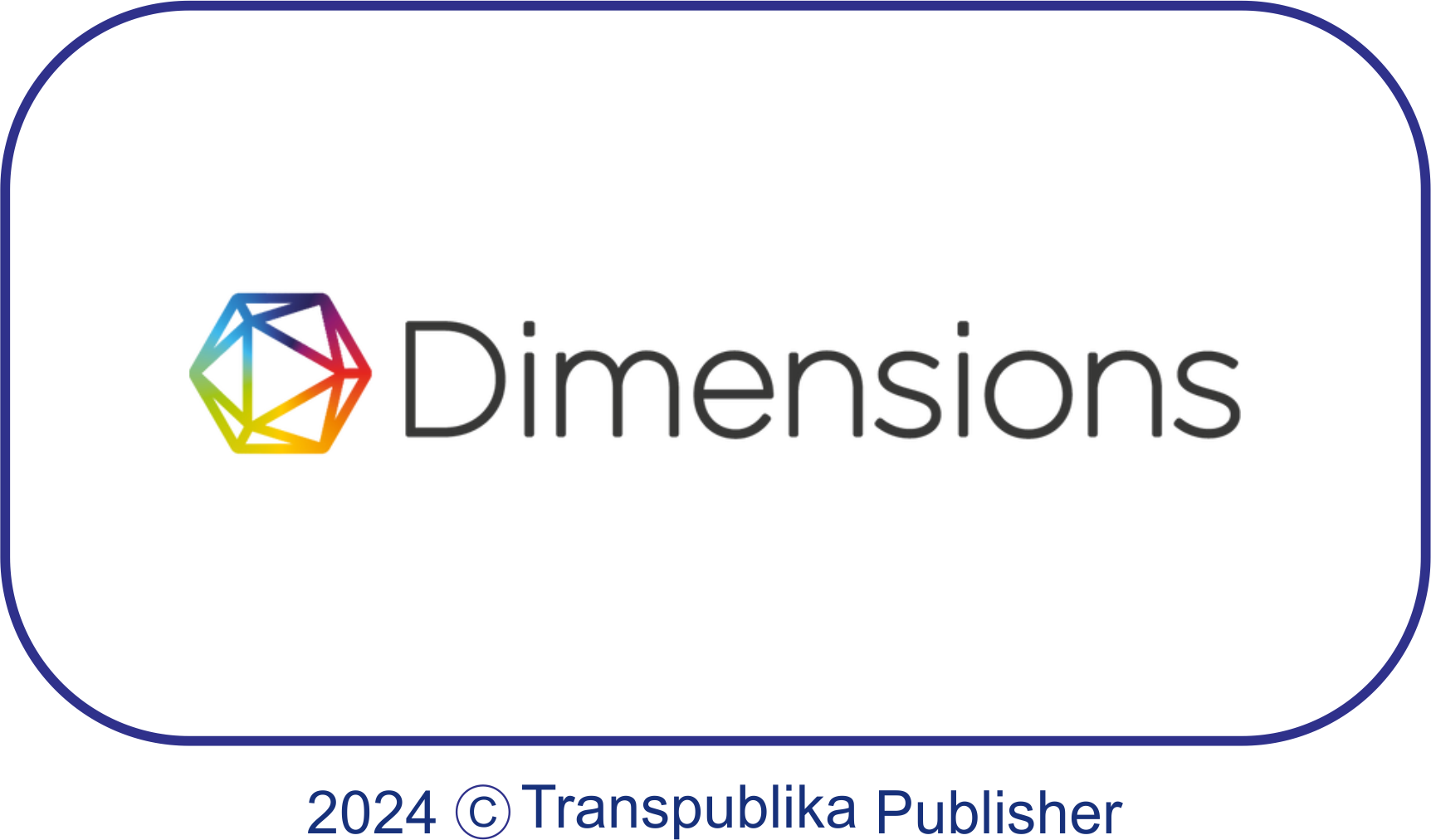Natural Space and Social Space of Community Interaction in the Dynamics of Tourism Economy
Abstract
This research aims to examine how natural and social spaces are interpreted and managed by the people of Paniis Village, Kuningan Regency, within the framework of community-based tourism economic development. Using a descriptive qualitative approach, this research was conducted through participatory observation, in-depth interviews, and field documentation. The findings show that the development of village tourism has encouraged significant social transformation, ranging from changes in economic patterns, shifts in social identity, to the emergence of new forms of community collaboration. The utilisation of potential natural spaces such as waterfalls and mountain landscapes not only brings economic benefits, but also forms an arena for social interaction and local cultural expression. However, challenges such as unequal access to benefits, cultural commodification, and ecological pressure are important issues that need to be managed collectively. In conclusion, tourism in Paniis Village is not only an economic practice, but also a space for the production of values, solidarity, and identity that can be a model of community-based sustainable development.
References
Abukhalifeh, A. N., & Wondirad, A. (2019). Contributions of community-based tourism to the socio-economic well-being of local communities: The case of Pulau Redang Island, Malaysia. International Journal of Tourism Sciences, 19(2), 80–97.
Agustina, H. N., Anyassari, N. F., Sakinah, Y. L., & Rahayu, E. L. (2024). Exploring Social Media Storytelling to promote Tourist Destinations: A case study of thematic villages in Malang City. International Journal of Studies in Social Sciences and Humanities (IJOSSH), 1(2), 91–102.
Altinay, L., Sigala, M., & Waligo, V. (2016). Social value creation through tourism enterprise. Tourism Management, 54, 404–417.
Ashley, C. (2006). Participation by the poor in Luang Prabang tourism economy : Current earnings and opportunities for expansion. ODI London.
Fafurida, F., Purwaningsih, Y., Mulyanto, M., & Suryanto, S. (2023). Tourism village development: measuring the effectiveness of the success of village development. Economies, 11(5), 133.
Freire, P. (1970). Pedagogy of the oppressed. Continuum. New York.
Furco, A. (2010). The community as a resource for learning: an analysis of academic service-learning in primary and secondary education. The Nature of Learning, 227.
Giampiccoli, A., & Saayman, M. (2016). Community-based tourism: From a local to a global push. Acta Commercii, 16(1), 1–10.
Guo, H., & Jordan, E. J. (2022). Social exclusion and conflict in a rural tourism community: A case study from Likeng Village, China. Tourist Studies, 22(1), 42–60.
Herdiana, D. (2019). Peran Masyarakat dalam Pengembangan Desa Wisata Berbasis Masyarakat. Jurnal Master Pariwisata (JUMPA). https://doi.org/10.24843/jumpa.2019.v06.i01.p04
Jamal, T., & Dredge, D. (2014). Tourism and community development issues. R. Sharpley and D. Telfer, Tourism and Development. Concepts and Issues, Second Edition. London: Channel View, 2014, 178–204.
James, C. (2009). Young people, ethics, and the new digital media: A synthesis from the GoodPlay Project. The MIT Press.
King, B. (2011). Spatialising livelihoods: Resource access and livelihood spaces in South Africa. Transactions of the Institute of British Geographers, 36(2), 297–313.
Kolb, D. A. (2014). Experiential learning: Experience as the source of learning and development. FT press.
Lanfant, M.-F., Bruner, E. M., & Allcock, J. B. (1995). International tourism: Identity and change. Sage. https://www.torrossa.com/en/resources/an/4912722
Manaf, A., Purbasari, N., Damayanti, M., Aprilia, N., & Astuti, W. (2018). Community-based rural tourism in inter-organizational collaboration: How does it work sustainably? Lessons learned from Nglanggeran Tourism Village, Gunungkidul Regency, Yogyakarta, Indonesia. Sustainability, 10(7), 2142.
Mayaka, M., Croy, W. G., & Cox, J. W. (2018). Participation as motif in community-based tourism: a practice perspective. Journal of Sustainable Tourism, 26(3), 416–432.
Mtapuri, O., Camilleri, M. A., & Dłużewska, A. (2022). Advancing community‐based tourism approaches for the sustainable development of destinations. Sustainable Development, 30(3), 423–432.
Nirmala, B. P. W., & Paramitha, A. A. I. I. (2020). Digitalisasi Desa dan Potensi Wisata Di Desa Kerta, Kabupaten Gianyar Menuju Pariwisata 4.0. Jurnal Karya Abdi Masyarakat, 4(3). https://doi.org/10.22437/jkam.v4i2.11273
Soraya, J., & Refangga, G. S. (2024). Political and Legal Development of Sustainable Tourism Villages: (Study on Flower Villages in Tawangrejeni Village, Turen, Malang Regency). POLICY, LAW, NOTARY AND REGULATORY ISSUES, 3(3), 342–354. https://doi.org/10.55047/polri.v3i3.1240
Sujarwo, S., Tristanti, T., & Santi, F. U. (2017). Community-based education for women empowerment in tourism village. Jurnal Kependidikan: Penelitian Inovasi Pembelajaran, 1(2), 229078.
Wolf, I. D., Ainsworth, G. B., & Crowley, J. (2017). Transformative travel as a sustainable market niche for protected areas: A new development, marketing and conservation model. Journal of Sustainable Tourism, 25(11), 1650–1673.
Copyright (c) 2025 Nasehudin Nasehudin, Najmi Khalifatan Ya’afi, Budi Akung Cholid, Azis Sholehudin

This work is licensed under a Creative Commons Attribution 4.0 International License.


1.png)



.png)


.png)
.png)






.jpg)








